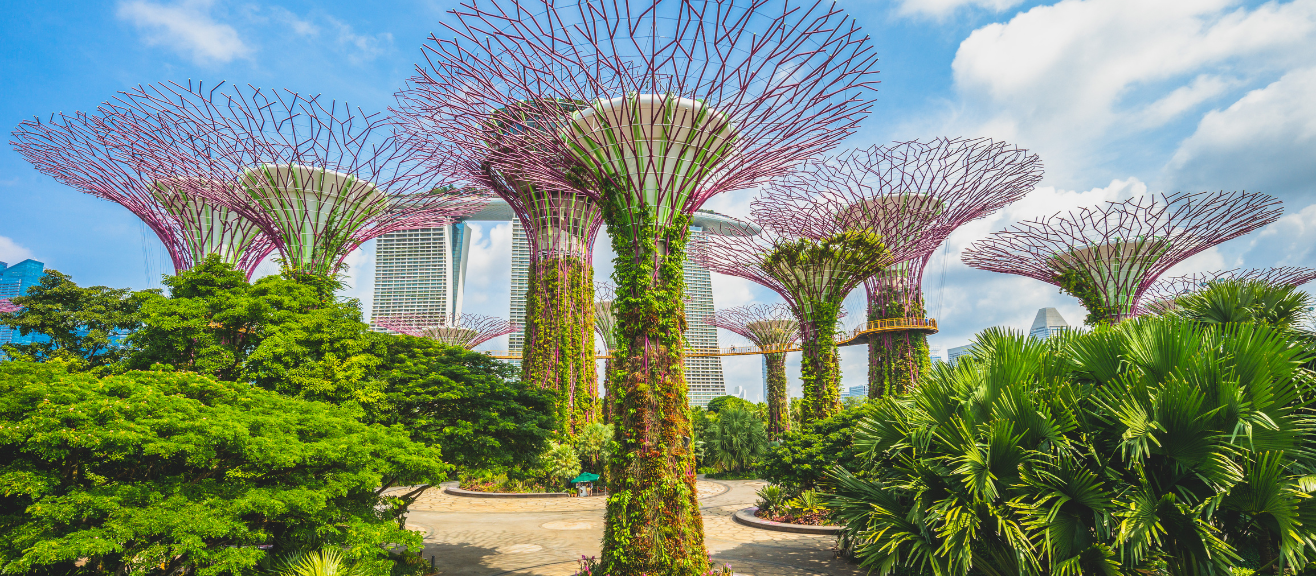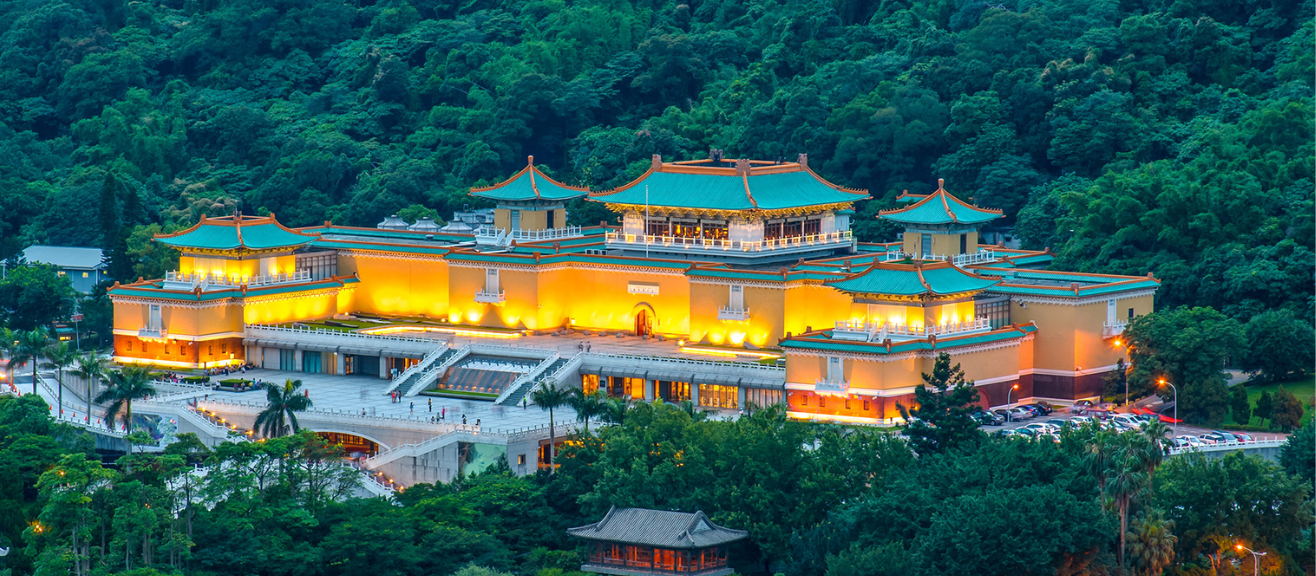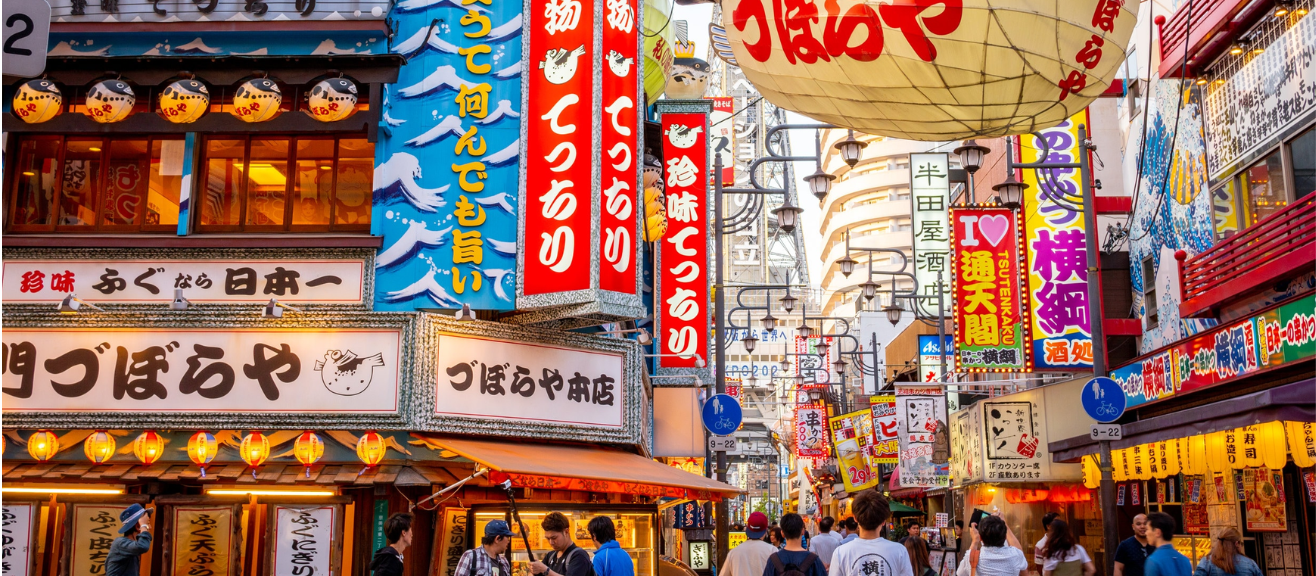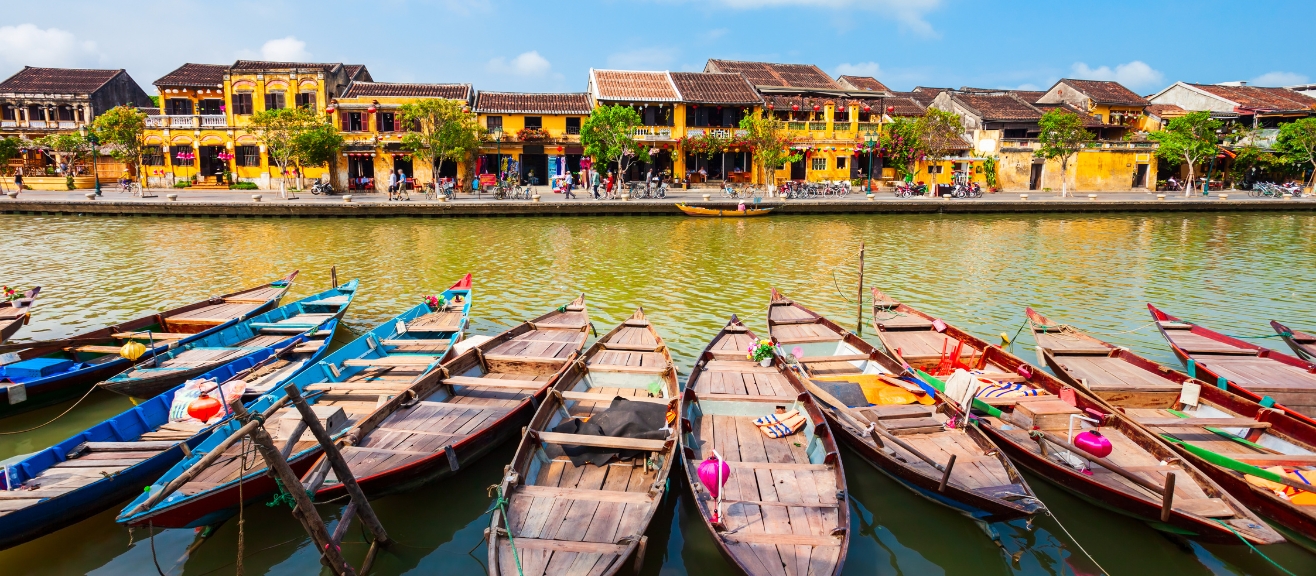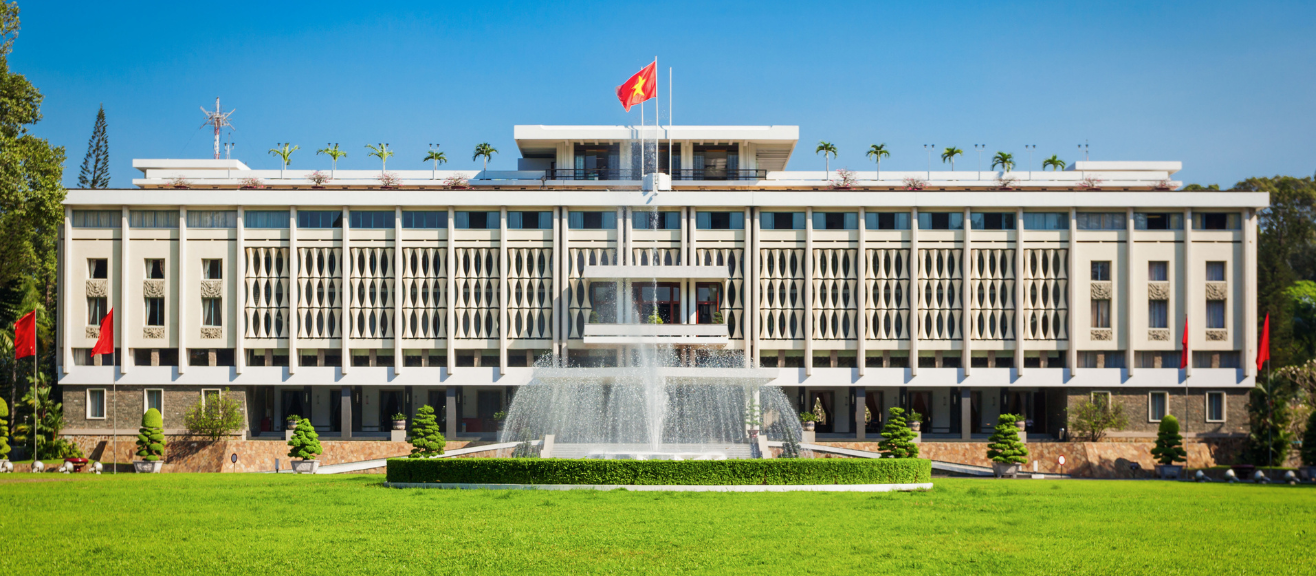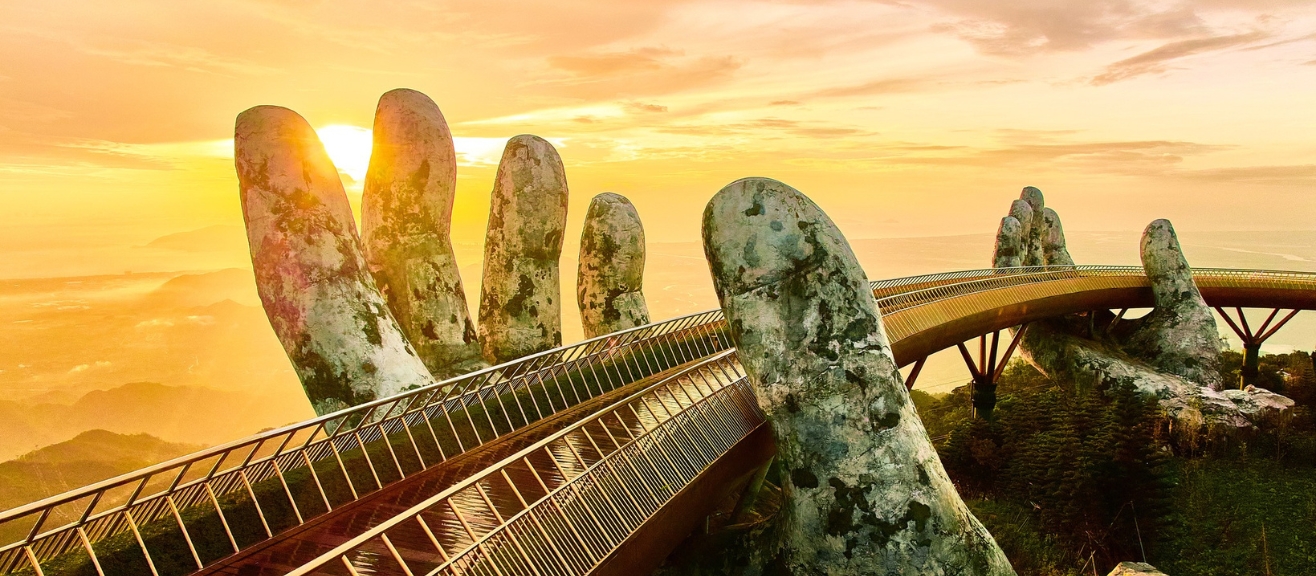🌏 The National Museum of China: Beijing’s Treasure Trove of History
🏛️ Stepping into the Heart of Chinese Civilization
As you arrive at the National Museum of China, sunlight streams across vast marble floors and the quiet echo of footsteps mixes with the excited voices of visitors. The immense space feels both grand and welcoming, embodying five thousand years of Chinese heritage under one roof. This museum is not just impressive in size but also in significance, standing as the core guardian of artifacts, art, and revolutionary relics that shaped modern China. In this article, you will find practical guidance on directions, the optimal time to visit, ticket insights, must-see highlights, and expert traveler tips for a truly rewarding experience. To secure your admission, get your National Museum of China tickets on laimi.com.
🕰️ Origins and Milestones of Beijing Museum of Natural History
Beijing Museum of Natural History began as the Central Museum of Natural History preparation office in 1951. It became the country’s first large museum devoted to natural sciences and was officially named the Beijing Museum of Natural History in 1962. Over the decades, the museum has grown into a national center for paleontological, zoological, botanical, and anthropological research as well as a hub for science education.
The main building opened in 1959 and features over twenty three thousand square meters of floor space, with large halls packed with rare fossils, mounted skeletons of ancient creatures, and specimens of mammals, birds, and invertebrates. Its rich collections and impressive research achievements have placed it at the forefront of Chinese natural history institutions. In recent years, its status as a youth science education center has drawn millions of visitors every year. The museum’s recent renaming as the National Natural History Museum of China marks its role as a flagship of scientific learning and public engagement for generations to come.
📅 Ideal Times for Exploring the Museum
The best months to visit the National Museum of China are March through May or September through November. During these periods, Beijing enjoys gentle sunshine and pleasant breezes, making sightseeing around Tiananmen Square enjoyable and crowd levels reasonable. Attendance peaks in summer, on weekends, and during major Chinese holidays, so those times should be avoided if possible. Occasionally, the museum hosts exclusive exhibitions during national celebrations, which are worth attending if you do not mind the crowds. For monthly climate details, check our guide on the best time to visit Beijing. To avoid very busy periods, consult the national public holiday calendar when planning your visit.
🚇 Easy Ways to Reach the Museum
The National Museum of China sits prominently on the east side of Tiananmen Square, making it straightforward to reach from anywhere in Beijing. If you are traveling by subway, take Line 1 and get off at Tiananmen East Station. From there, it is only a short walk to the main entrance; use Exit C or D for the most direct access. Line 2 also brings you close. Get off at Qianmen Station, and you can reach the museum with a brief walk north.
Several city buses serve the museum area. Buses 1, 2, 10, 52, 82, and 120 all stop at Tiananmen East Station. Other routes, including 5, 8, 17, 59, and 126, have convenient stops nearby at Qianmen Station or the Tiananmen Square area. Most bus stops are clearly marked, and route maps are readily available in English and Chinese.
Travelers coming from Beijing Capital International Airport can take the Airport Express train, then transfer to subway Line 1, arriving directly at Tiananmen East. Taxis and ride-hailing apps provide a comfortable option, especially for those with heavy luggage or traveling with family. Remember that parking in central Beijing is limited, so using public transportation is highly recommended for most visitors.
For the latest routes and real-time updates, use Google Maps or the city’s official transit app. If you want more guidance on navigating Beijing’s extensive public transport, check our dedicated guides for urban travel and airport transfers.
⏰ Practical Details: Museum Opening Hours
The National Museum of China is open from nine in the morning until five in the evening, Tuesday through Sunday. Mondays are reserved for maintenance and are closed to the public, except during official holidays. Last entry is allowed at four in the afternoon, and guests must exit before closing time. Please adhere strictly to your reserved time slot for entry, as walk-in visits are not accepted. During busy periods or national holidays, hours may be extended by thirty minutes.
| Day | Hours | Notes |
|---|---|---|
| Tuesday-Sunday | 09:00–17:00 | Last entry 16:00 |
| Monday | Closed | Open on holidays only |
🎢 Museum Highlights: Must-See Exhibits
Ancient China Hall: The museum’s underground level is a chronological showcase of the nation’s past, featuring artifacts from the Neolithic age to the Ming and Qing dynasties. Marvel at the Houmuwu Ding, the world’s heaviest bronze vessel, and the intricate Square Zun with Four Rams. Don’t miss the Sanxingdui Bronze Mask and the celebrated Jade Dragon - icons of China’s spiritual and artistic heritage. Even the air here feels cooler and calm, an intentional climate control to preserve ancient treasures.
Road of Rejuvenation: This permanent exhibition tells the modern story of China, from the Opium War to today, weaving together political milestones and cultural progress.
Phoenix Crown of Empress Xiaoduan: This Ming dynasty masterpiece, adorned with dazzling jewels and gold filigree, draws crowds for its artistry and photo opportunities.
Rare Books & Stele Gallery: Experience rare manuscripts, ancient calligraphy, and stone inscriptions in serene halls where history’s whispers fill the air.
💡 Pro Tips:
-
Arrive early to have the Ancient China Hall nearly to yourself before larger groups arrive.
-
Take breaks near the Wei and Jin dynasty galleries, where benches invite quiet reflection.
-
Download the museum’s app for interactive maps and exhibit updates.
-
Visit the gift shop for unique souvenirs inspired by centuries-old artifacts.
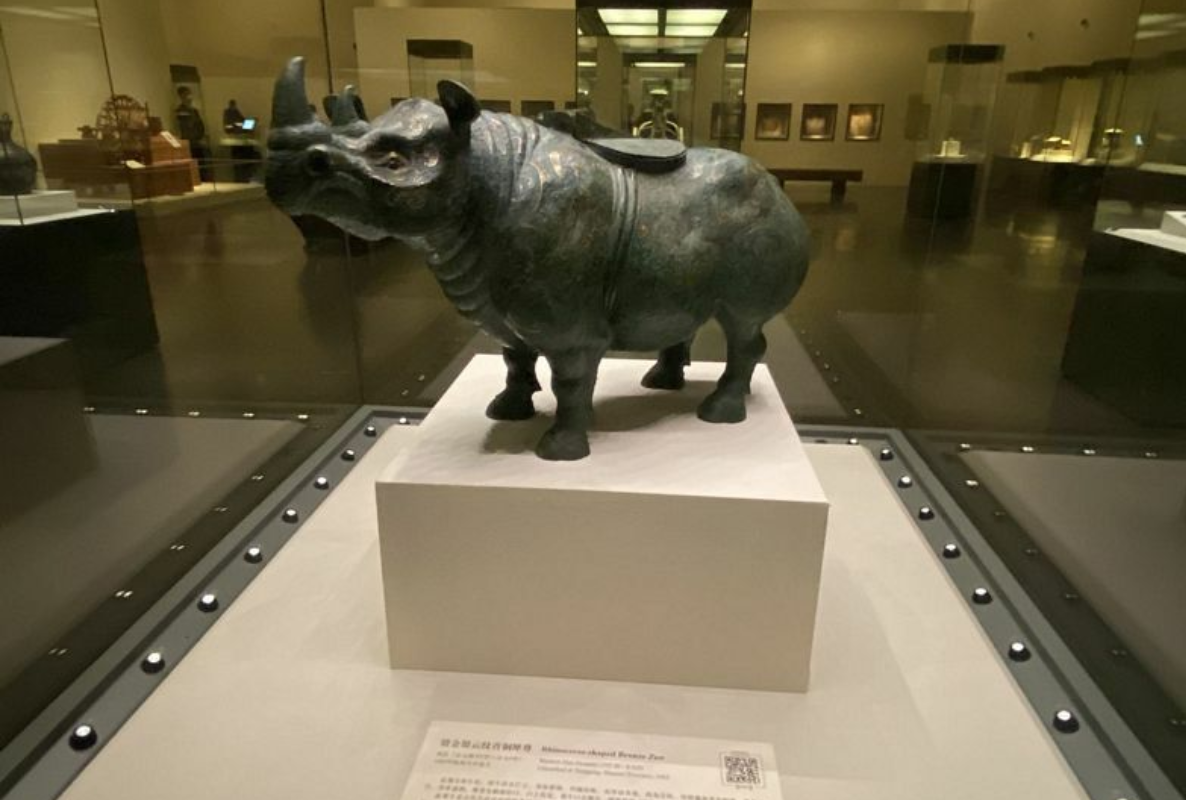
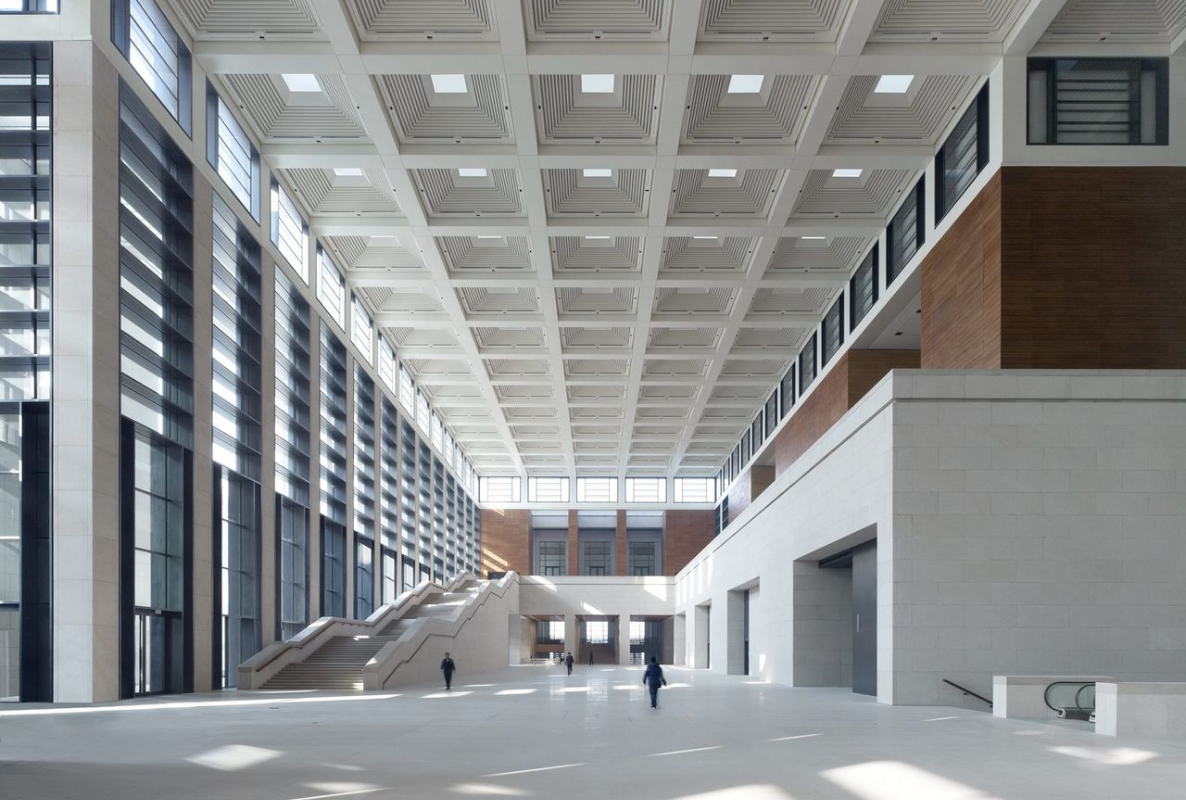
🎟️ Admission and Booking: Everything You Need to Know
General Admission: Entry to the National Museum of China is free, but every visitor must secure a timed-entry ticket in advance. Onsite reservations are not permitted.
Booking Process: Reserve your ticket through the official website or the museum’s WeChat mini-program. New time slots are released daily at five in the afternoon and can be booked up to seven days in advance. The day is divided into three visiting slots: 09:00–11:00, 11:00–13:30, and 13:30–16:00.
ID Verification: All bookings require real-name authentication. Bring the exact identification (passport for foreigners) used at the time of reservation. Each visitor must show their reservation confirmation and original ID at the entrance.
Visit Limits: Each individual may book one visit per week, up to four visits per month. You may book for up to five persons per reservation, but children fourteen and under must be included in an adult’s booking and must enter together.
Cancellations and No-Shows: Cancelled reservations still count toward your monthly quota. After missing three reserved slots in one month, your account will be suspended for thirty days.
Special Exhibitions: If free tickets are unavailable, special exhibition tickets can be purchased for guaranteed access; prices for adult admission may apply.
Entry Rules: Arrive at least fifteen minutes before your slot. Late arrivals or mismatched IDs will not be admitted. There is no re-entry. Security checks are mandatory. Items like food, large bags, pets, tripods, and selfie sticks are not allowed. Lockers are provided for restricted belongings.
Insider Tips for a Smooth Visit
Book as soon as slots open to secure your preferred day and time, especially on weekends and holidays.
Prepare your confirmation and identification ahead of time for efficient entry.
Use only the official platforms for reservations to avoid scams and ensure your booking is valid.
If you are traveling with seniors or people with disabilities, enter by the North Gate with required documentation for priority access.
For non-Chinese speakers, booking through English-language-friendly travel platforms or seeking help from your accommodation can be helpful.
Check the latest entry policies and capacity limits on the museum’s official site shortly before your visit.
💑🧒👵 Visitor Suitability: Who Will Love This Museum?
Anyone fascinated by history or culture will find the museum deeply rewarding. Families, students, art lovers, and travelers craving context for China’s modern rise will be especially enriched. Galleries are stroller and wheelchair accessible, with frequent seating and clear English, Chinese, and sometimes French signage. As someone who prefers art to politics, the rare books and bronze galleries offer tranquil, contemplative escapes from the more bustling public history halls. The museum might be less engaging for very young children, unless accompanying interactive exhibitions are open. Those with mobility concerns will appreciate elevator access and staff assistance.
🏛️ Visitor Amenities and Helpful Services
🛋️ Rest and Relaxation Spaces
The museum provides multiple seating options for guests to rest and recharge. You will find rest zones located by the north and south wing staircases on the first floor, as well as beside the Ancient China exhibition in the basement. Additional benches are available throughout quieter exhibition halls, giving visitors welcome spots to pause and enjoy the atmosphere.
🍽️ Dining and Refreshment Areas
A variety of food and drink locations are provided across the museum. The basement north area features a dining zone for quick meals, the fourth floor cafeteria offers hot food and snacks, while a café on the second floor serves drinks and light bites. Please remember, eating is only allowed in designated dining zones - not in the exhibit halls. Drinking fountains are available to refill your water bottle and stay hydrated during your visit.
🛍️ Shopping and Souvenir Outlets
Discover unique gifts and cultural products at the museum’s shops. Stop by the basement-level cultural creative store or the main gift shop in the north section of the first floor. Temporary retail stalls can occasionally be found at exits of major exhibitions, stocking themed souvenirs and special collections inspired by displayed artifacts.
🧭 Preparation and Practical Advice
To ensure a smooth museum experience, bring your ID card, as identification is checked at three separate points during your visit. Wear comfortable shoes and pack a water bottle—drinking fountains are provided for refills. A power bank under twenty thousand mAh and personal headphones for audio guides will be helpful for a longer stay. Security checks require water bottles to be tested; large power banks, lighters, tripods, and selfie sticks are not permitted. Food is allowed into the museum but cannot be consumed inside exhibition galleries.
💡 Accessibility and Special Support
The National Museum of China offers free wheelchair and stroller loans, with a deposit and valid ID required. Elderly guests benefit from priority access, and museum staff are stationed throughout to help with questions or assistance. All visitors can access complimentary audio guides via the official museum app, making the exhibits accessible and engaging for guests of all backgrounds. These services are designed to allow every visitor a comfortable and enriching museum experience.
🗺️ Guide to the Museum’s Map
The map of the National Museum of China offers three distinct perspectives to help visitors orient themselves. At the lower right, you can see where the museum is positioned within the broader city map of Beijing. The top left section highlights the entire museum building’s layout, making it easy to distinguish main entrances and the architectural structure. Finally, the bottom left details the internal floor plan, showing how galleries and public spaces are arranged across levels B1 through F4.
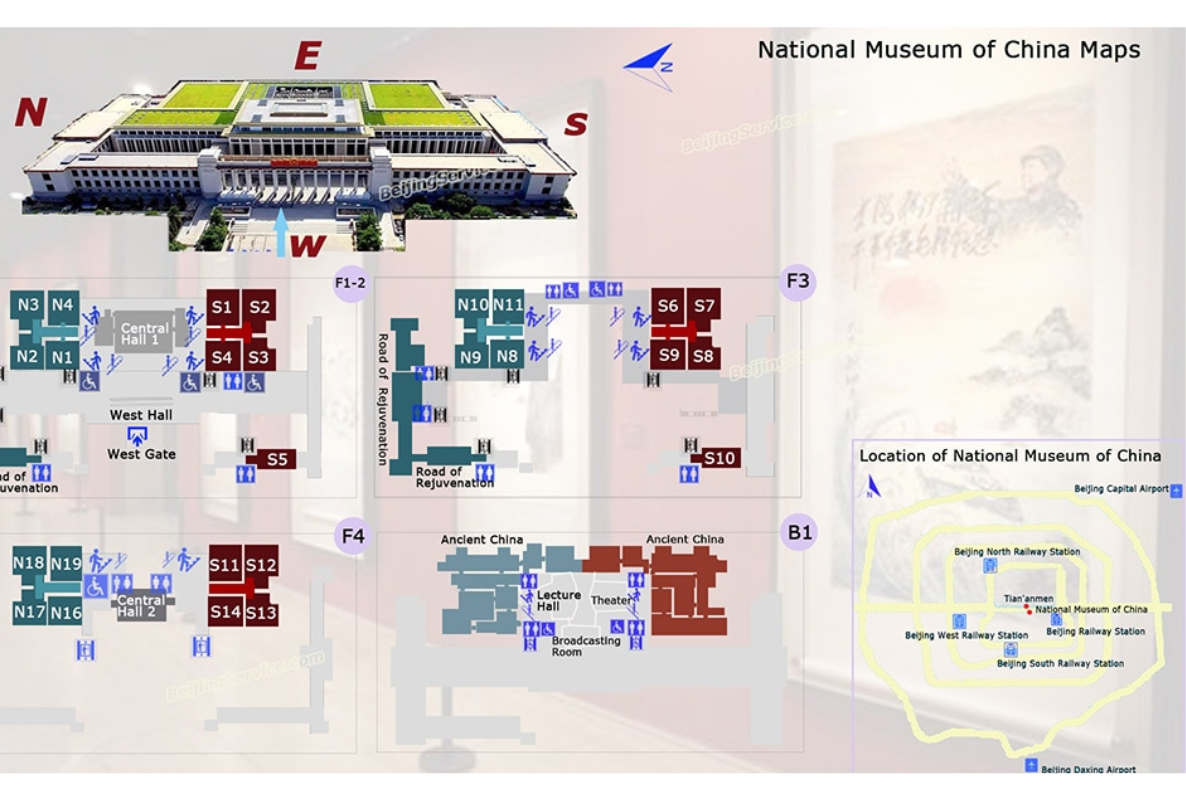
✈️ Ending a Day at the National Museum of China
A visit to the National Museum of China is a journey that beautifully intertwines the nation’s rich history, art, and the stories of its people. Even if you face crowds or wait times during busy public holidays, careful planning can make your experience smooth and enjoyable. Staying at a nearby hotel or arriving early via a morning flight will maximize your opportunity to explore what Beijing and the museum have to offer. For more details about booking tours and optimizing your visit, be sure to check the full travel guide on laimi.com. Discover top hotels in Beijing and uncover exciting things to do in the city to enrich your adventure even further.


